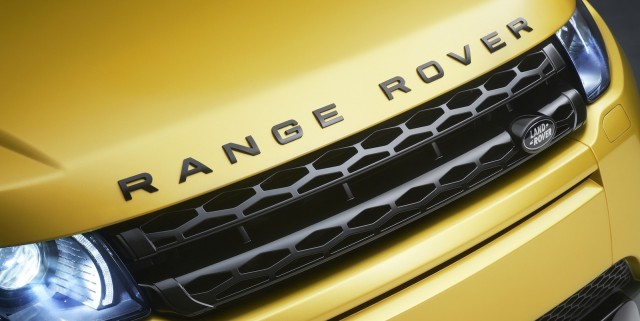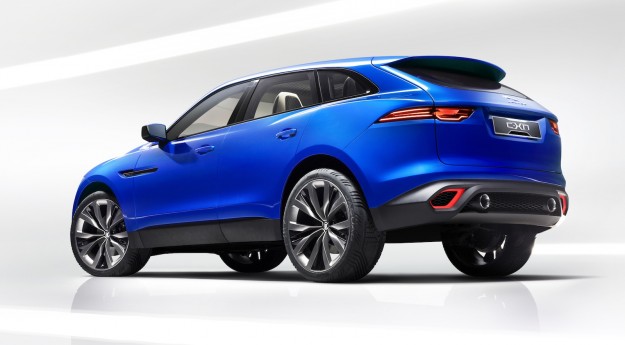
The all-new aluminium architecture underpinning Jaguar's forthcoming mid-sized sedan is tough enough to be used by future Land Rover vehicles, the boss of the British SUV maker says.
Land Rover global brand director John Edwards is confident the 'iQ[Al]' architecture would be suitable for Land Rover and Range Rover products and would not jeopardise their famous off-road reputation.
"It's an aluminium architecture, I'm sure it could be [tough enough]," Edwards said.
"It was one of the questions when we introduced the all-new Range Rover?(pictured below), there were some questions to that effect whether it was tough enough to be a Range Rover and I think we've clearly demonstrated that.
"We're absolutely not going to compromise on toughness, our inner strength, durability, robustness, 'abusability', all of those words are fundamental to all of our products and anything we do now and in the future, however we choose to do it, has to stay true to though values, otherwise it doesn't really deserve to wear our badge."

Edwards says Land Rover has "no firm plans" to use the architecture at this stage, however Land Rover director of programs Murray Dietsch says the platform is intended to be used by "multiple brands" and is "hugely significant" to his division.
"If we could find a purpose for it, absolutely it could be [used by Land Rover]," Dietsch revealed.
"I can't confirm or deny if we're going to do something with it, but a lot of the technologies that we've introduced… just because it's a particular brand doesn't necessarily mean that the technology can't be used across both brands.
"The reality is from an engineering perspective we're really kind of one business now. Jaguar Land Rover is so combined that if we were developing something like this we would automatically be developing it with multiple brands in mind, so absolutely."

The versatility of the modular and scalable rear- and all-wheel-drive architecture was demonstrated at this week's Frankfurt motor show where it made its debut beneath the Jaguar C-X17 crossover concept?(pictured above), which is all but confirmed to follow the sedan into production from around 2016.
Jaguar global brand director Adrian Hallmark says the sedan is just the start of the company's plans for the architecture, affirming its ambitions to build a family of models on the new lightweight and high-strength platform.
Hallmark said while the architecture was the most flexible in Jaguar's history, the mid-sized sedan – set to rival the BMW 3 Series – was about as small as it could go.
"If you take the segment that we've targeted, this combination of material, engines and architecture are the sweet spot, and we can build what we believe and what we can prove scientifically to be the most efficient, technically advanced, refined car in the segment," he said.
"When you come down to the next price band and knock 20 per cent off the price, it doesn't work. Elements could, the engines could, or the body could, but not together."
At the other end of the scale, Hallmark said a vehicle the size of the Mercedes-Benz S-Class-rivalling Jaguar XJ?(pictured above) was also "probably beyond the limits of the architecture" because of "weight and crash-load factors".
"The minute you touch a couple of components you get the ripple effect and you have to start everything again, so you end up back where you start with the current XJ architecture.
"It's got flexibility between two segments, but not three or four size-wise."
That suggests the new mid-sized sedan is guaranteed to share its underpinnings with the next generation of the one-size-larger Jaguar XF, which is also due to launch around the middle of the decade.
Like its smaller sibling, the next XF will also inherit Jaguar's upcoming turbocharged 2.0-litre four-cylinder engine family as well as the F-Type's supercharged 3.0-litre V6.





